Running-in of generator sets is a necessary measure to extend service life. Mechanical assembly and main friction pair components such as cylinders and pistons, piston rings, crankshaft journals and bearings inevitably have geometric shape errors (positional accuracy errors), as well as surface micro unevenness (protrusions and dents formed by machining marks). Therefore, the actual contact area of the two matching parts is small, while the load per unit area is large, resulting in severe friction and wear. In addition, due to the micro unevenness of the surface of the parts, it is not easy to form an oil film (damaged by convex peaks), which exacerbates wear. If the machine is operated at high speed and high load, the convex peaks on the surface of the friction pair parts will be severely scratched or torn, and metal chips will become abrasives, exacerbating wear. In severe cases, it causes local high-temperature melting to become dissolution wear, resulting in cylinder pulling and tile burning. In fact, due to the rough surface of the parts, the power consumed by friction is relatively high, and at this time, the high load operation of the machine is equivalent to overload. As a result, it also exacerbates component wear.
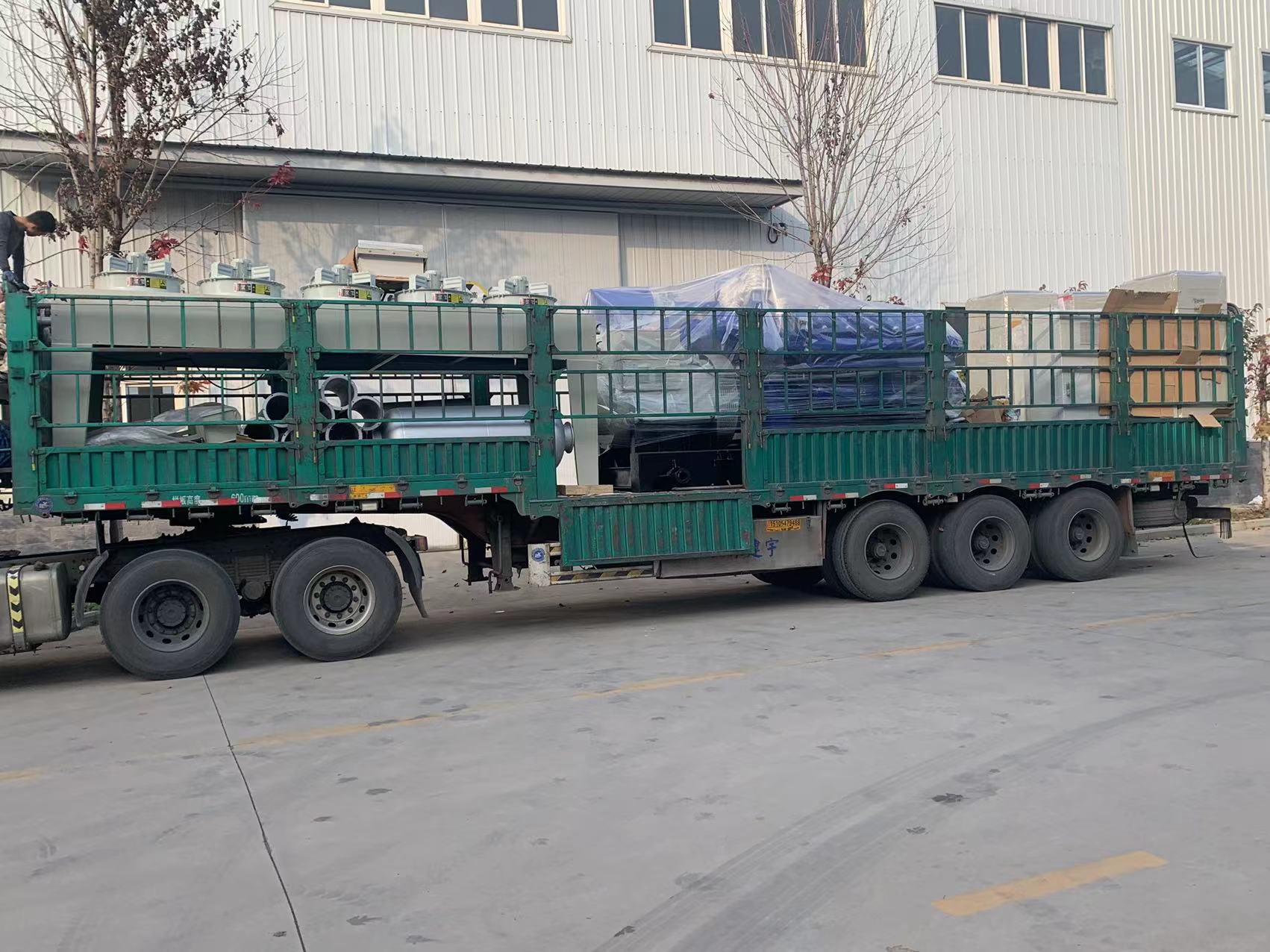
The running-in period of the generator set is relatively long, and the initial running-in stage has a large amount of wear. Therefore, this stage is generally carried out in the factory through reasonable running-in specifications to reduce wear and prolong service life. At the same time, the running-in period can be used to check and adjust the assembly quality and performance parameters of the machine, as well as problems that occur during operation, in order to eliminate them in a timely manner and ensure that the quality and performance of the machine meet the requirements of the specifications.
New or overhauled generator sets must undergo 60 hours of running in before they can be put into full load use, in order to improve the working conditions of various moving components, improve the operational reliability and service life of the machine. The specific running-in plan should be considered based on the different uses and towing methods of the machine. In principle, as the running in time increases, the speed and load of the machine should be gradually increased in stages. During the entire running in period, the load should be 50%~80% of the rated power for 12 hours, and the speed should not exceed 80% of the rated speed. However, at the beginning of the running-in stage, the operating time should not be too long when idling or under small loads. Whenever cylinder liners, pistons, piston rings, connecting rod bearing shells, and cranks have been repaired and replaced, short-term running-in should also be carried out according to the above running-in conditions.
This article is dedicated to the friendship of gas generator units. For more relevant knowledge, please click on: Sincere attitude. We will provide you with comprehensive services. We will gradually contribute more relevant knowledge to everyone. Stay tuned

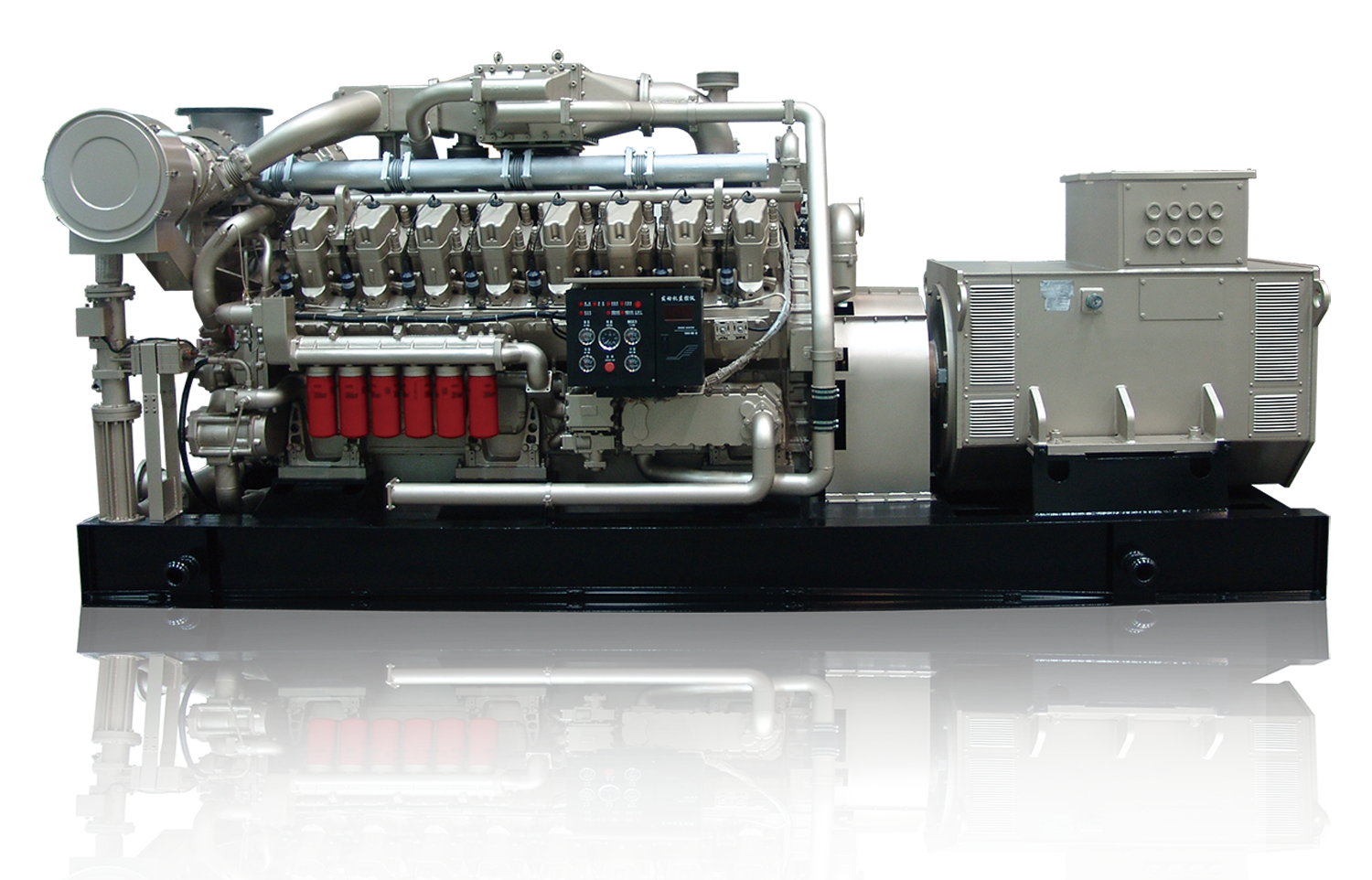
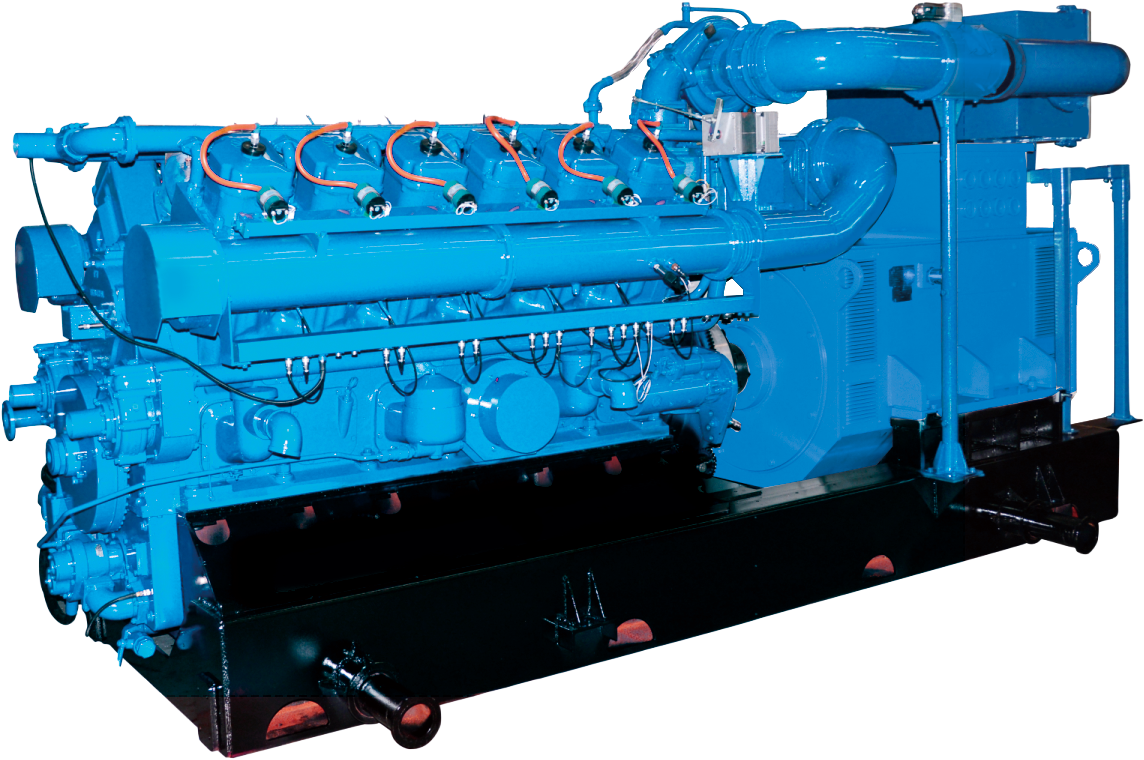
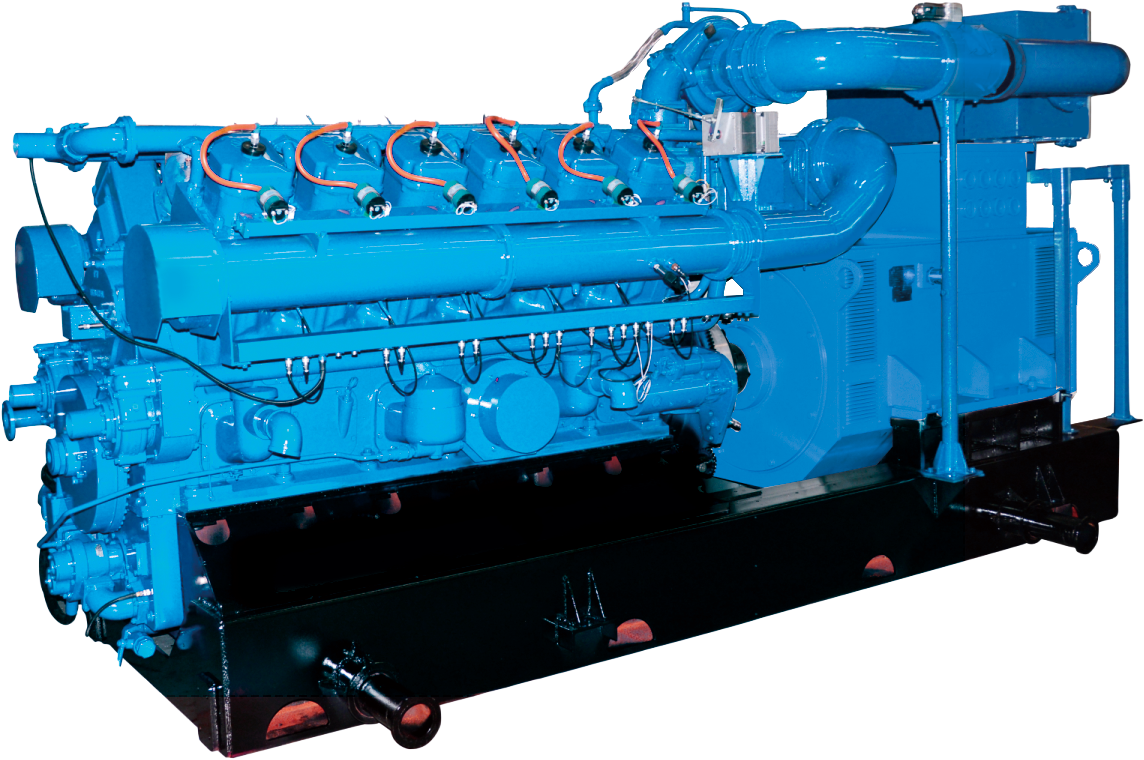
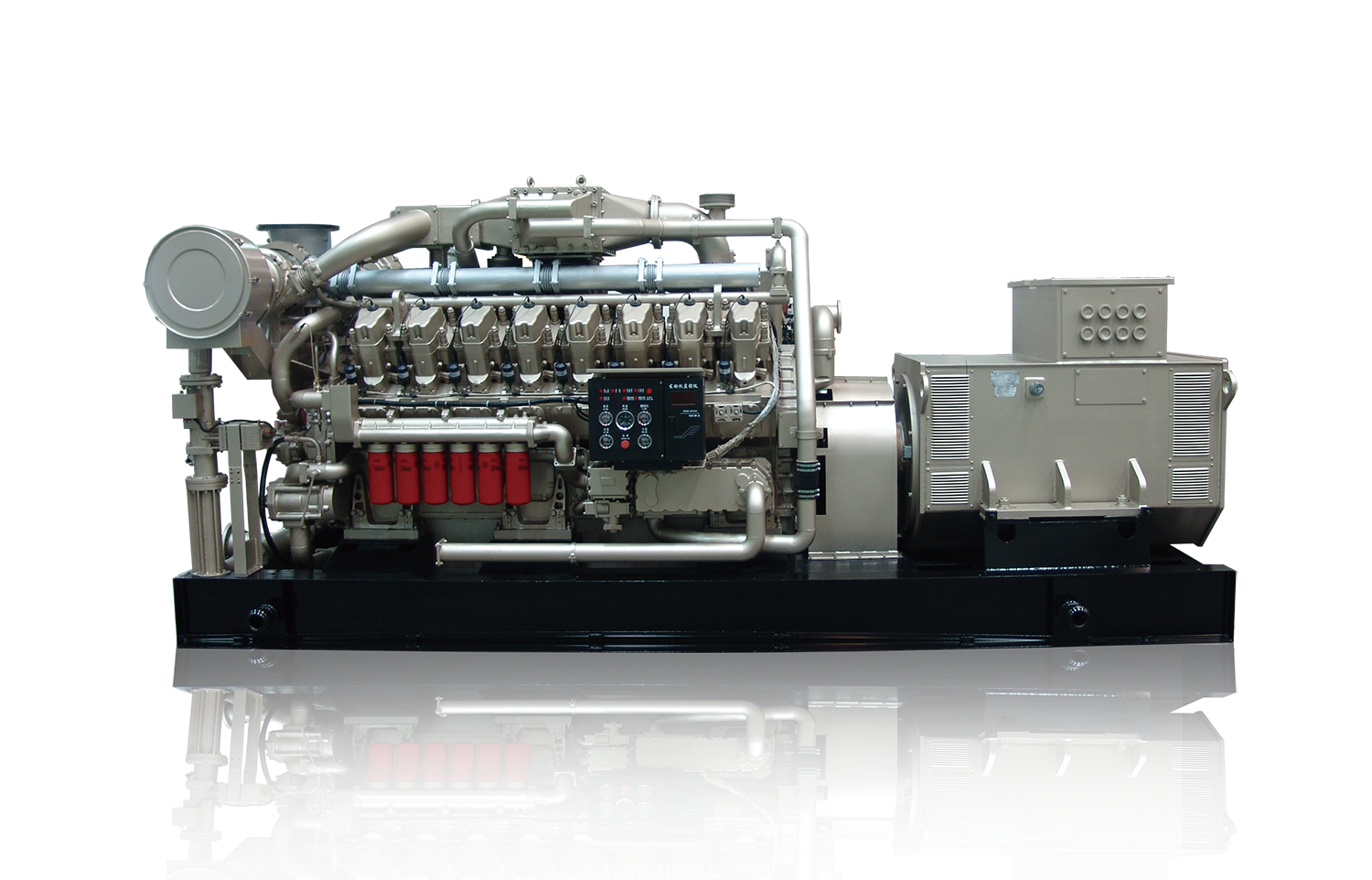
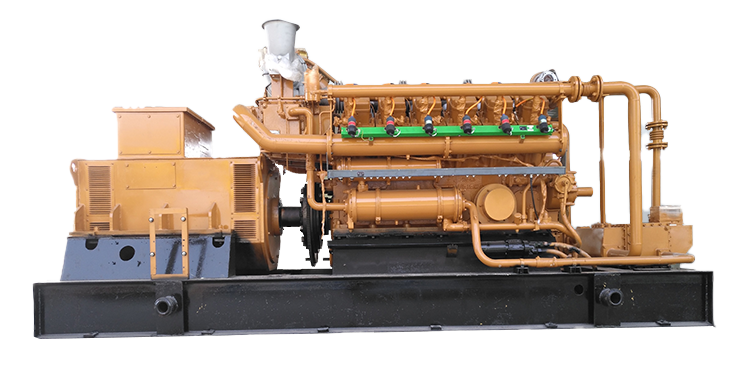

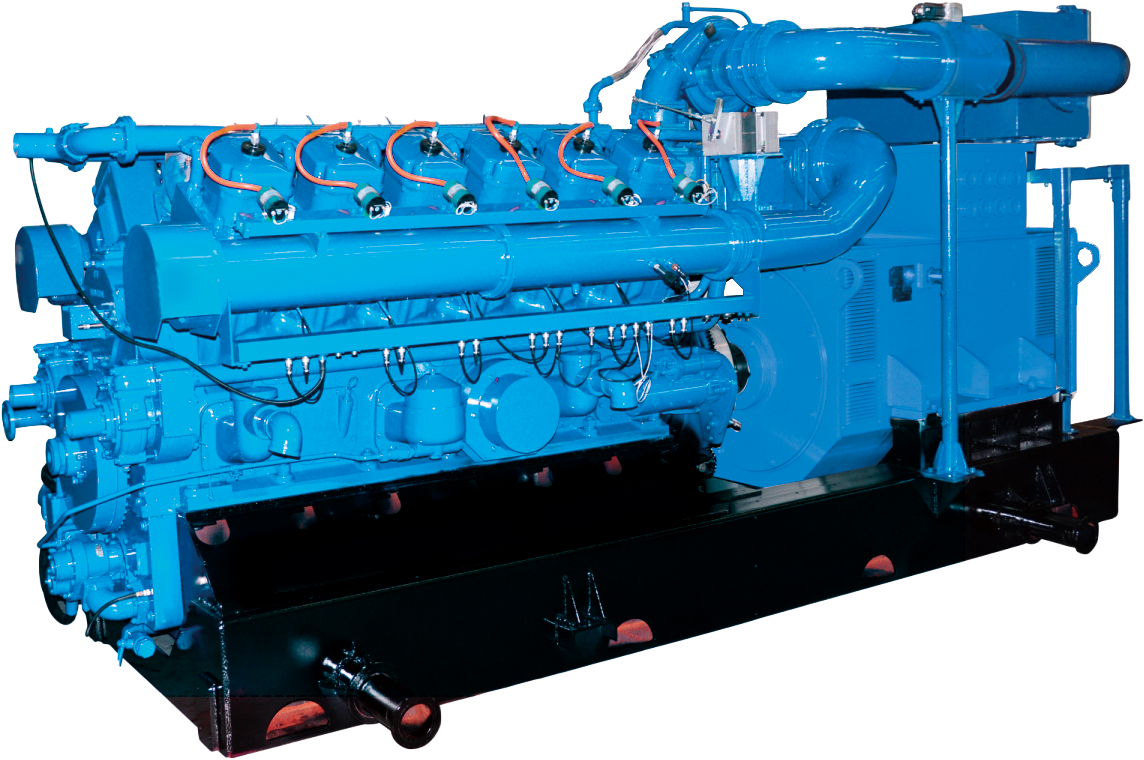
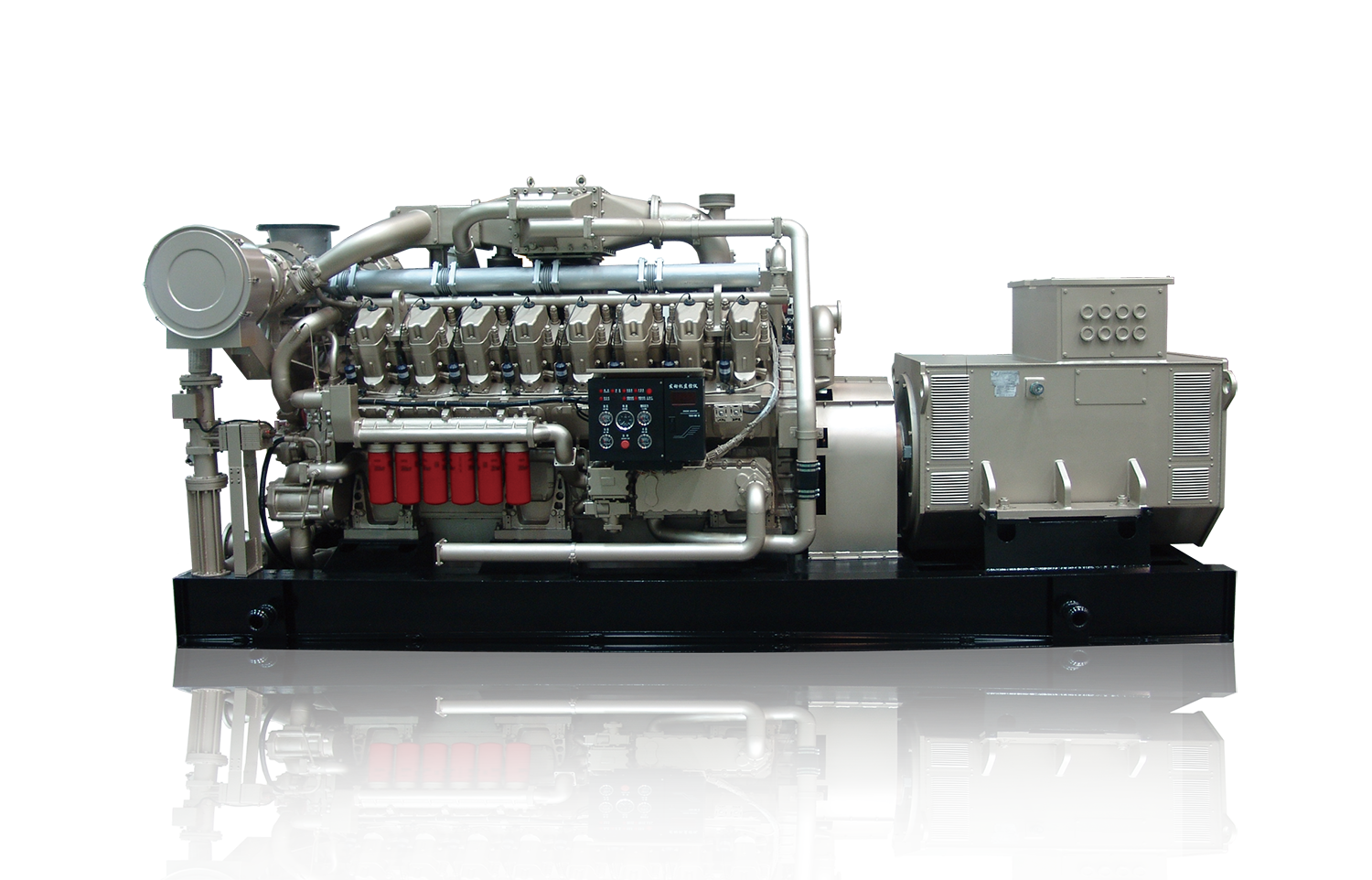
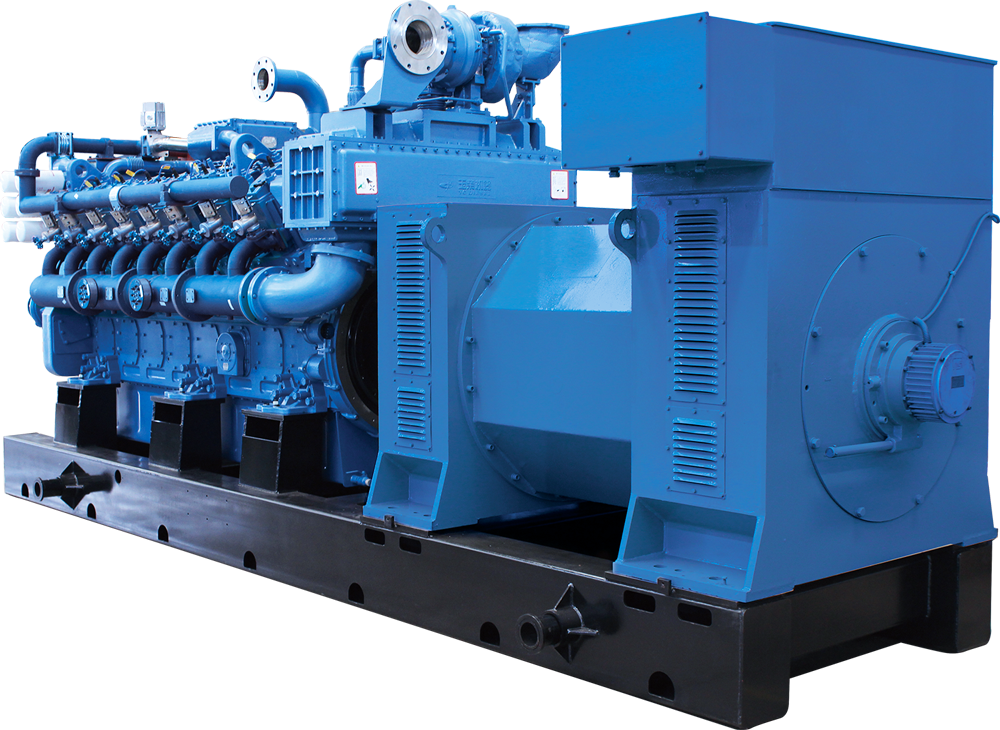


 Tel:0531-69953988
Tel:0531-69953988  Add:101, Building 5, Liandong U Valley Science and Technology Innovation Center, Zhangjin Comprehensive Bonded Zone, No. 33688 Jingshi East Road, Suncun Street, Jinan Area, China (Shandong) Pilot Free Trade Zone
Add:101, Building 5, Liandong U Valley Science and Technology Innovation Center, Zhangjin Comprehensive Bonded Zone, No. 33688 Jingshi East Road, Suncun Street, Jinan Area, China (Shandong) Pilot Free Trade Zone

